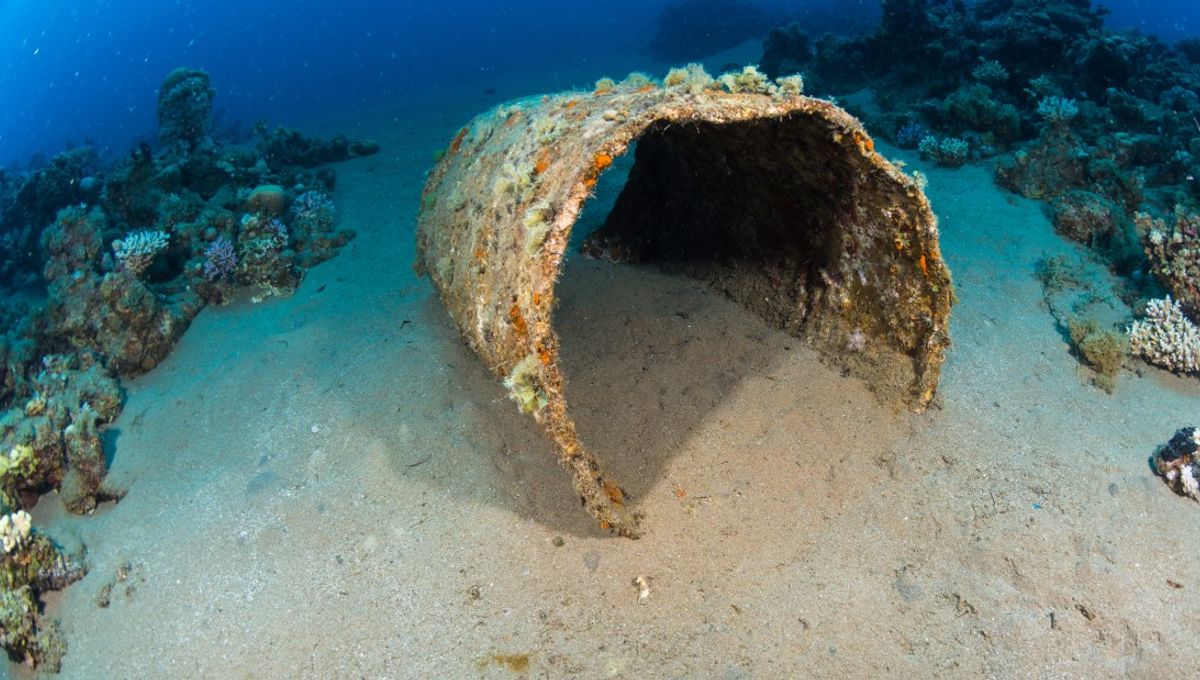
DDT dumped in the ocean between 1940–1960 shows no signs of slowing down as recent investigations have revealed that a layer of the toxic chemical endures on the seafloor off the LA coastline. It dredges up fresh fears about the environmental disaster, as scientists are concerned that the contaminant could shift and move back to the surface.
A huge dumping site for barrels of the carcinogenic pesticide Dichlorodiphenyltrichloroethane, commonly known as DDT, was discovered in 2019, bringing up bad memories of a sloppy disposal operation from the mid-20th century. The Montrose Chemical Corporation of California in Los Angeles, US, leaked many hazardous substances into the environment, but perhaps most infamously was the dumping of DDT barrels.
Why was DDT manufactured?
DDT was first formulated in the 1940s for use as a medicine to treat conditions like malaria, typhus, and other insect-borne diseases, as well as a pesticide. It was effective for a bit, but eventually many insect pests became resistant to it, and then came the evidence of its environmental and toxicological pitfalls.
During its peak manufacturing years, Montrose dumped lots of toxic waste through sewage pipes that fed into the ocean – an estimated 1,700 tons, in fact. On top of that, shipping records showed that after WWII, barrels and barrels of a DDT blend were being shipped out to sea. They were meant to be dumped near Santa Catalina Island, but sometimes shortcuts were taken, seeing barrels dropped much closer to shore, and any that floated were punctured to make them sink.
The lost barrels
The barrels were a black mark in history, but one that drifted out of view until decades later an ROV spotted them still intact, still leaking, on the seafloor. Sampling has since revealed that the DDT released into the environment shows no signs of breaking down, enduring in its most potent and most dangerous form.
The effect this can have on marine life was touched on in a 2020 study that found almost a quarter of 400 wild California sea lions (Zalophus californianus) had cancer. Most of the sea lions were infected with herpes, which is likely to have played a factor in the cancer rates, but the researchers also found a surprisingly high amount of DDT and PCBs, another environmental pollutant, in their blubber.
Risk to human health
In humans, DDT has been linked to seizures, liver damage, infertility, and cancer, demonstrating why the fear that these deposits could resurface is so worrying. The LA Times reports that currently, the most concentrated layer is about 6 centimeters (2.4 inches) deep, and there’s no end to the interferences that could see it shift.
“Trawls, cable lays could reintroduce this stuff back up to the surface,” UC Santa Barbara scientist David Valentine told them. “And animals feeding — if a whale goes down and burrows on the seafloor, that could kick stuff up.”
The never-ending story of DDT is a harrowing reminder of the complexities of breaking up with “forever chemicals”. Fortunately, other forever chemicals like PFAS are seeing strides forward with a novel “adsorbing” material that’s powered by light.
Source Link: 1,700 Tons Of DDT Dumped In The Ocean Isn’t Breaking Down